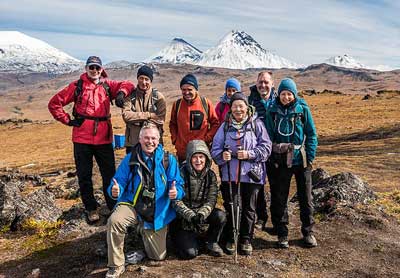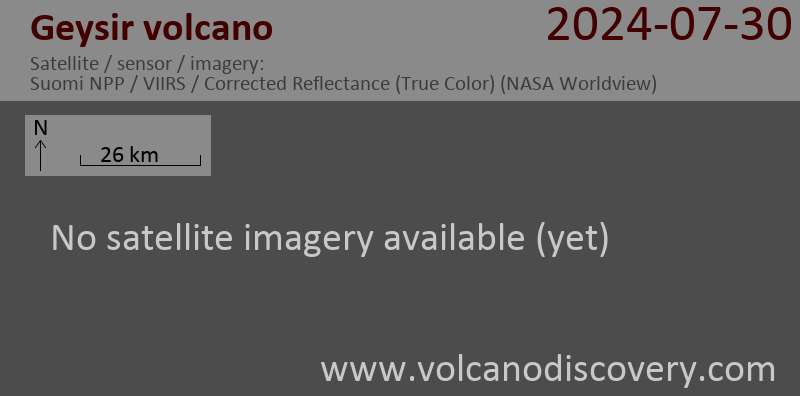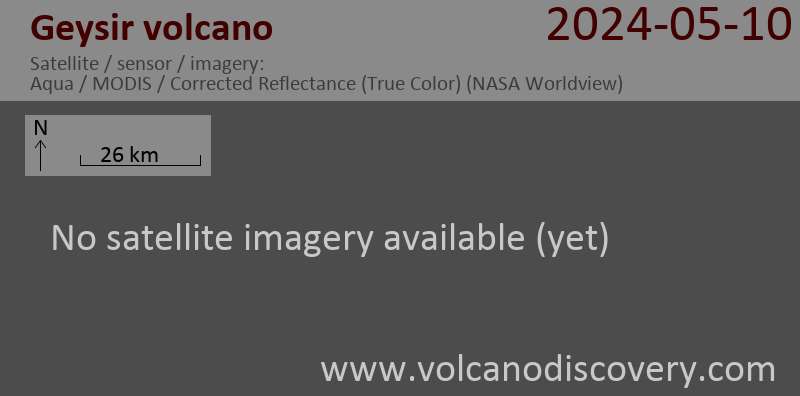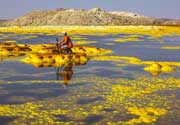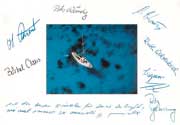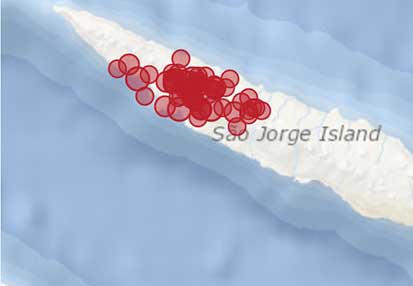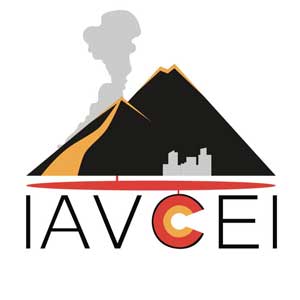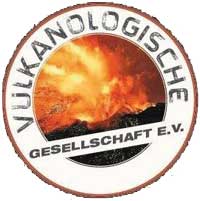Geysir Volcano
Updated: Apr 28, 2024 20:44 GMT -
Stratovolcano 700+ m / 2,297 ft
Southwestern Iceland, 64.32°N / -20.3°W
Current status: (probably) extinct (0 out of 5)
Southwestern Iceland, 64.32°N / -20.3°W
Current status: (probably) extinct (0 out of 5)
[smaller] [larger]
Geysir volcano eruptions: Pleistocene
Latest nearby earthquakes
| Time | Mag. / Depth | Distance / Location | |||
| Apr 17, 10:36 pm (Reykjavik) | 1.3 3.9 km | 14 km (8.4 mi) to the N | Info | ||
| Apr 17, 03:51 pm (Reykjavik) | 0.9 1.6 km | 28 km (17 mi) to the SE | Info | ||
Background
The Geysir volcanic system in the Haukadalur valley of SW Iceland consists of an eroded basaltic central volcano and rhyolitic lava domes of Pleistocene age. Geysers around the world are named for the Geysir geothermal field, which lies SE of the rhyolitic Laugarfjall lava dome and is one of the most frequently visited geological sites in Iceland. No eruptions are known from the Geysir volcanic system during the Holocene.---
Smithsonian / GVP volcano information
Geysir Volcano Photos
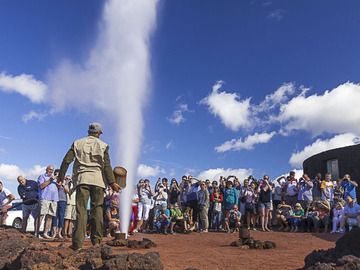
In the "world disney like" tourist par Timafaya water in a tube is overheated and produces a "geysir". (Photo: Tobias Schorr)
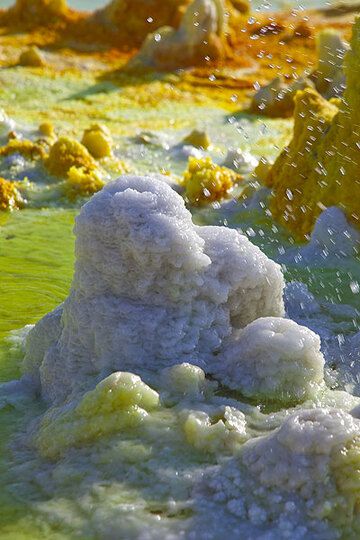
White salt geysir (Photo: Tom Pfeiffer)
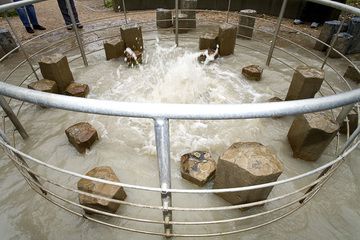
The "boiling" cold water geysir Wallenborn (Photo: Tobias Schorr)
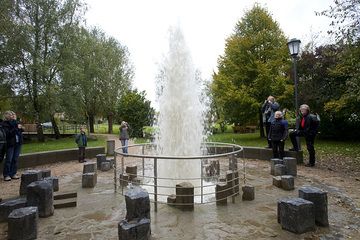
The cold water geysir Wallenborn (Photo: Tobias Schorr)




